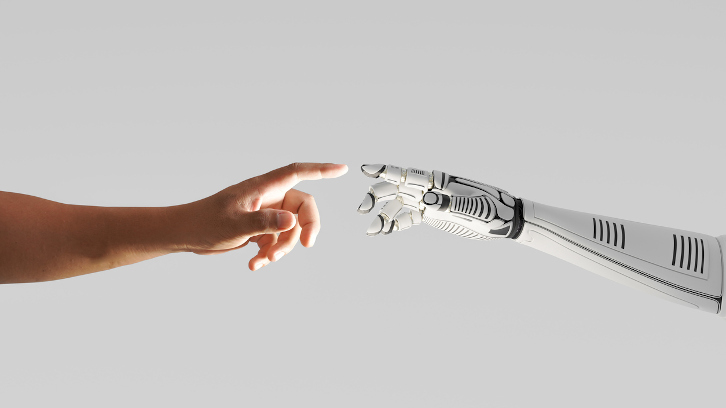Do computers have hormones? Unveiling the secret of «artificial hormonal intelligence»

A publication led by ICREA researcher Jordi Vallverdú from UAB and a global team of collaborators, presents a new frontier in the world of what has been called artificial hormonal intelligence. This research, featured in Frontiers in Chemistry, explores the simulation of hormone systems in digital environments and revels a surprising potential, according to researchers, in several fields.
Artificial hormonal intelligence is poised to revolutionize the way we perceive and use computational systems. This research, highlighted by Frontiers in Chemistry, explores the tantalizing possibility of simulating hormone systems in computational environments and revels the incredible potential it holds in various fields, such as artificial intelligence, neuroengineering and science computational
Collaborating with Jordi Vallverdú in this pioneering endeavor are researchers from diverse institutions, such as the Institute for Artificial Intelligence R&D in Novi Sad, Serbia; the Laboratory of Neuromorphic Computing and Neurosimulations at Kazan Federal University in Kazan, Russia; B-Rain Labs LLC in Kazan, Russia; the Children’s Republican Clinical Hospital, Ministry of Health of the Republic of Tatarstan, also in Kazan, Russia; and the Istituto dei Materiali per l’Elettronica ed il Magnetismo at the National Research Council (CNR) in Parma, Italy.
The paper delves into the role, often-overlooked, of hormones in our digital world. These chemical messengers, responsible for regulating a multitude of physiological processes, have remained silent orchestrators in the background. From growth and stress responses to circadian rhythms and cognitive functions, hormones play a vital role in life's intricate web.
The work imagine the concept of "Bioinspired Hormonal Computer Systems,", in which artificial hormone systems are used to manage computer facilities. These systems emulate the self-organizing capabilities inherent in living organisms, adapting, configuring, and dynamically allocating tasks—much like our bodies respond to hormonal cues.
But it doesn't end there: the paper also introduces "Living Bridge Interfaces," wherein fungi cells act as sensors and detects human secretions such as hormones. This breakthrough opens the door to wearable technology capable of monitoring human physiological states. European research projects are already working on integrating hormone sensors into wearable devices and are ushering in a new era of human-computer interaction.
The heart of the paper lies in the "High-level Design of the Approach." It presents the groundbreaking concept of combining directed acyclic graphs and weighted logic to model hormonal systems within computational scenarios. This approach enables the simulation of complex interactions and the creation of artificial networks that faithfully mimic the behaviour of hormones in biological systems.
As a final frontier, the "Middle-level Design of Implementation with Hybrid Technologies" envisions a world where this groundbreaking approach serves as the cornerstone for orchestrated, heterogeneous implants. These systems would incorporate artificial hormone messaging and neurosimulation signaling, which opens the door to a paradigm shift in human-computer interaction.
In essence, this publication is a testament to the constantly evolving landscape of science and technology. It brings us one step closer to understanding the intriguing world of artificial hormonal intelligence, which turn on the imagination of a future where computers could have their own hormones.
Jordi Vallverdú
Departament of Philosophy
ICREA Academia Researcher
Universitat Autònoma de Barcelona
References
Jordi Vallverdú, Max Talanov, Alexey Leukhin, Elsa Fatykhova, & Victor Erokhin. (2023). Hormonal computing: a conceptual approach. Frontiers in Chemistry (11). From https://doi.org/10.3389/fchem.2023.1232949


